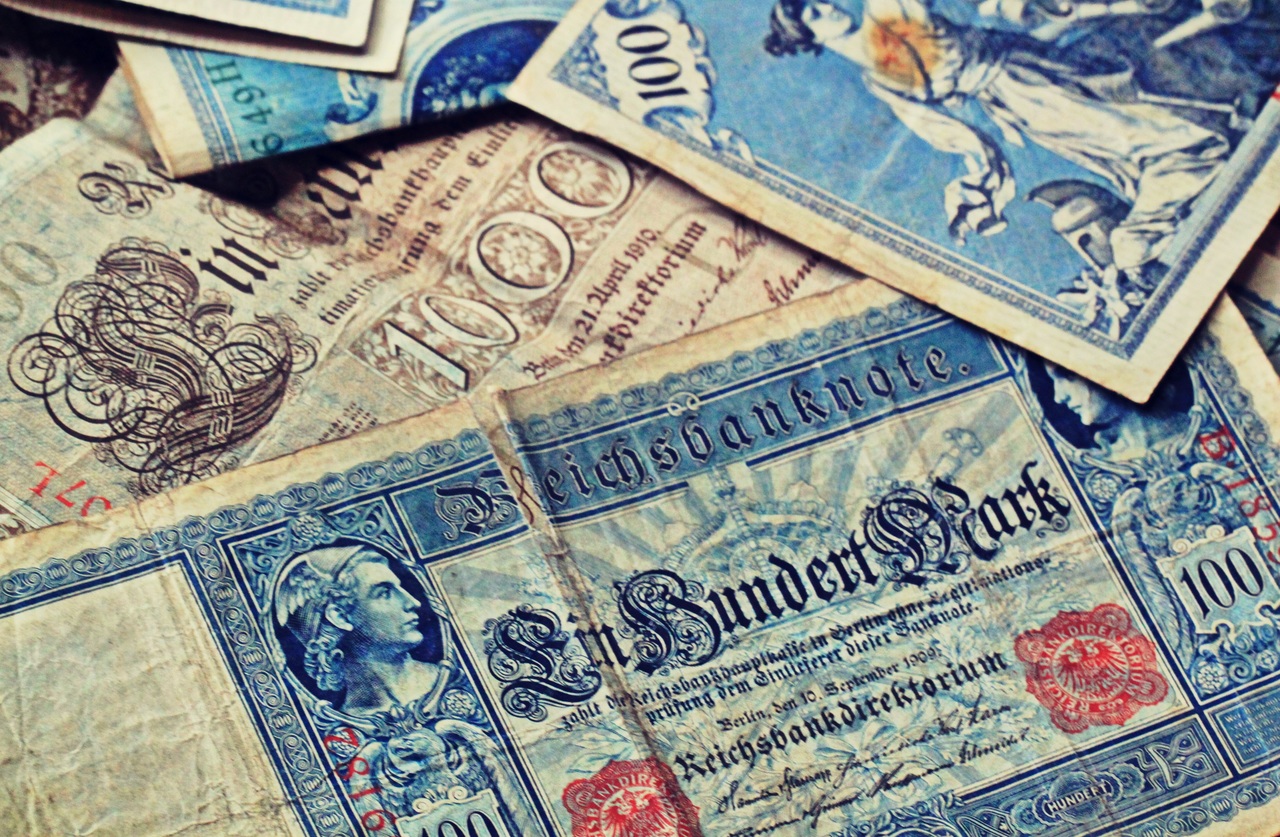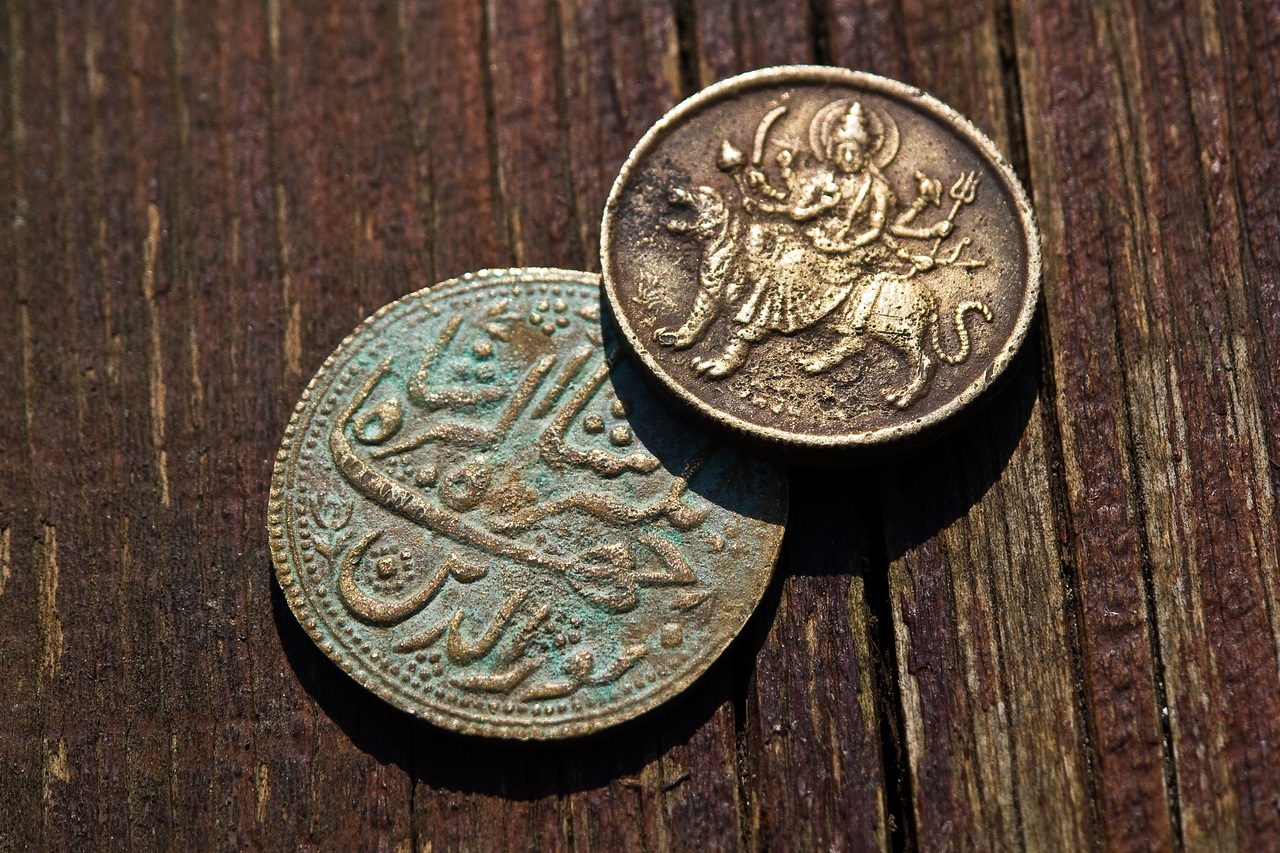In a simple definition, money is the way we get the things we need and desire. Money helps us to trade goods by acting as a medium of exchange.
Before money existed, if you had apples but needed fish, you must find someone who not only had fish, but also had the desire for apples. That lack of transferability of bartering for goods was difficult and very inefficient so, that's why back in the old days, a type of good that functions as currency was invented and called commodity money.
Commodity money is money whose value comes from a commodity of which it is made. Commodity money are objects that have value in themselves (intrinsic value) as well as value in their use as money. Some examples of commodities that have been used as mediums of exchange include gold, silver, copper, salt or even peppercorns.
Commodity money was used and refined over thousands of years until the appearance of the first standardized unit of currency, the coin.
The first coins were made of a mixture of gold and silver known as electrum. The usage of currency coins then evolved into paper currency since transporting increasingly large sums of metallic coins was inefficient and risky.
Paper currency became widely used as a type of negotiable promissory note, typically issued by governments or banks, which were legally required to redeem the notes for legal tender (usually gold or silver coin) when presented to the cashier of the originating entity.

Over the years, the global monetary system was based on the classical gold standard in where currencies were backed by gold in one way or another. In 1971 however, US president Richard Nixon canceled the direct convertibility of the US dollar to gold. A chained-reaction happened, and not only the dollar but also the rest of currencies became fiat money (a currency without intrinsic value that has been established as money, often by a government and that only has value because a government maintains its value, or because parties engaging in exchange agree on its value).
What Nixon did, was not only relevant back in the 70's but also nowadays since currencies can no longer be considered the same was as money. The fact that fiat currencies don't have intrinsic value (like gold for instance), means that the store value of the currency over time is only guaranteed by the government or institution backing the currency.
As an illustrative example of fiat currency vs money, consider every time the US government decides to print more and more notes (often known as stimulus package, bailout or quantitative easing), effectively diluting the US currency supply and forcing the lost of the US currency's purchasing power.
On the other hand, a form of money like Gold, is priced currently higher than 50 years ago, which means that gold has not lost its purchasing power.
